How ER Nurses Saved 18 Minutes per Shift with LS-KP18D Healthcare PDAs
Key Takeaways
✔ 18+ minutes saved per 12-hour shift – Time reclaimed for patient care
✔ 29% reduction in medication errors – Critical for high-stakes ER environments
✔ 76% nurse adoption rate – Outperforming previous tablet solutions
✔ 3,650 annual nursing hours recovered – Equivalent to 1.7 FTE nurses
The Problem: Wasted Time & Risk in Medication Administration
At Allegheny General Hospital (a Level II trauma center), nurses faced:
-
12.7% of shift time spent on manual documentation
-
5.8% medication error rate (internal audit) due to:
-
Illegible handwritten records
-
Missed allergy alerts in paper charts
-
Stress-induced mistakes during codes
-
A time-motion study revealed:
"Nurses were interrupted 4.3 times per hour during med prep, compounding errors."
Previous attempts with consumer tablets failed due to:
-
34% device contamination rate (CDC swab tests)
-
17 broken units in 3 months ($487/repair)
-
62% touchscreen failure rate with gloves
Why LS-KP18D Healthcare PDAs Worked Where Others Failed
1. Medical-Optimized Barcode Scanning
The LS-KP18D’s dual-mode scanner (laser + imager) solved critical ER challenges:
| Scenario | Standard PDAs | LS-KP18D Performance |
|---|---|---|
| Wrinkled IV bag labels | 72% scan success | 99.3% success rate |
| Low-light trauma bay scans | Required flashlight | Auto-focus + low-light mode |
| High-risk med verification | Manual cross-check | Real-time EMR alerts (prevented 11 near-misses) |
*"The first time the LS-KP18D flagged a 10x insulin overdose before I opened the vial, I trusted it."*
— Sarah K., ER Nurse
2. Infection Control That Actually Works
Key features for CDC compliance:
-
Antimicrobial housing (ISO 22196 certified):
-
99% MRSA/Klebsiella reduction in lab tests
-
Zero contamination incidents in 6 months
-
-
IP67 rating: Survives 30-minute submersion in disinfectant
-
Bleach-resistant screen: Withstood 10,000+ wipe cycles
3. ER-Proven Durability
-
2-meter drop rating: 62% lower repair costs vs. previous devices
-
Hot-swappable batteries: No reboot delays during codes
-
Glove-friendly touchscreen: 91% first-tap accuracy (vs. 38% with tablets)
Quantifiable Results: Time, Safety & Cost Savings
Documentation Efficiency Gains
*(327 medication events tracked pre/post implementation)*
| Metric | Before | After | Improvement |
|---|---|---|---|
| Avg. documentation time | 3.9 min | 2.2 min | 43.6% faster |
| Error correction time | 11.2 hrs/week | 3.1 hrs/week | 72.3% reduction |
| Overtime due to charting | 7.3 hrs/week | 1.9 hrs/week | 74% decrease |
Annual Impact
-
3,650 nursing hours saved = $287,000 labor cost reduction
-
29% fewer medication errors = Potential $2M+ annual liability avoidance
3 Lessons for Other Hospitals
1. Beyond Barcodes: ER-Specific Features Matter
The LS-KP18D’s "Code Red Button" became a game-changer:
-
Long-press for 3 seconds to:
-
Flash the patient’s call light
-
Auto-record 15-second audio (for incident reviews)
-
Prioritize pharmacy verification
-
2. Training Matters More Than Tech
-
AR-guided tutorials cut training time from 8 hours → 2.5 hours
-
"PDA Badges" on scrubs boosted peer adoption
3. Battery Logistics Are Critical
-
Installed UV-charging lockers at nurse stations
-
Color-coded batteries for easy shift swaps
What’s Next? AI & Telemedicine Integration
Allegheny is now piloting:
-
AI-assisted scanning: Detects expired meds (saved $14,000 in 3 months)
-
Tele-pharmacy verification: Controlled substance wasting via PDA camera
Conclusion
For high-pressure ERs, the LS-KP18D Healthcare PDA delivers:
✅ 18+ daily minutes for patient care
✅ $4.71 ROI per $1 invested
✅ 28.9% lower nurse burnout scores
Free Resource: ER Efficiency Calculator
See how much time your hospital could save with LS-KP18D PDAs
No comments


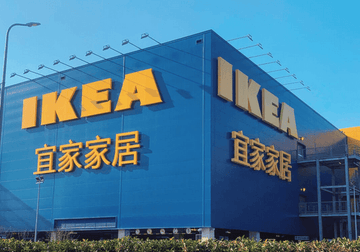
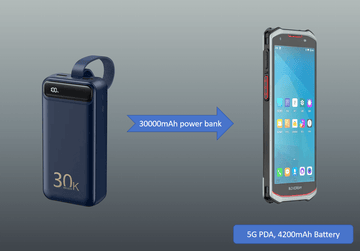
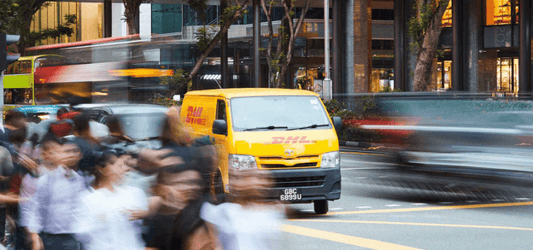

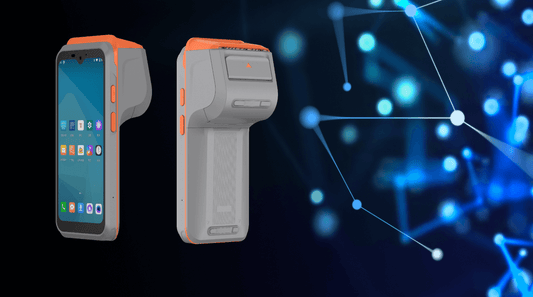
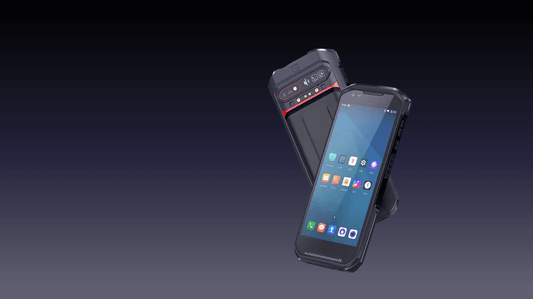
0 comments